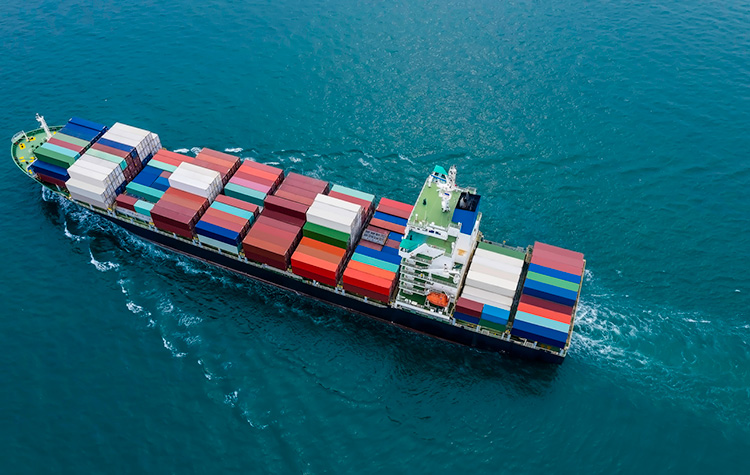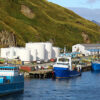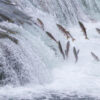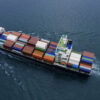How Do Cargo Ships Prepare to Depart Alaska?
When you are ready to leave your house, you probably go through a mental checklist to remember things like your phone, locking the doors, and unplugging the iron. For cargo ships leaving port, there is also a checklist, a much longer checklist that ensures that the vessel is ready to travel on the open seas. Let’s take a look at some of the steps necessary to begin the journey, including special considerations for Alaskan ports.
The list of departure steps includes instructions for various areas and teams on the ship. From the engine room to the crew and bridge, the checklist covers these categories:
Navigation and Communication
This part of the checklist includes checking necessary charts for the route, radar testing, obtaining an up-to-date crew list, updating flag state if needed, ensuring that the interdepartmental communication systems function correctly, including the ships’ horns and whistles.
Documentation
This category of the checklist includes updates to the logbook for the bridge, the passage plan (which is documentation of the complete route to be taken), and a completed crew check to account for everyone on the ship.
Steering and Propulsion
Another critical step that is taken in the time before departure is the testing of the steering and propulsion systems. This includes checks of gauges, rudders, steering controls, and propeller functions.
Safety
Of course, safety systems checks are essential before beginning a voyage. This will include checking lights, Emergency Position Indicating Radio Beacons (EPIRBs) and Search and Rescue Transponders (SARTs), lifeboats, and flotation devices. Also, part of this category is making sure that everything on the bridge is secured or stowed away. It is similar to when a flight attendant walks the plane to close overhead compartments and asks passengers to secure all belongings to ensure a clear path if needed.
Before Cast-off
At this point, the ship is almost ready to sail. This portion of the checklist includes making sure everyone who is sailing is on board the vessel, and anyone who isn’t has departed the ship, which includes looking for stowaways. Doors and hatches are closed, and everything hooked to the shore is disconnected and secured (hoses and cables.) The crew looks for anything in the water (debris, etc.), and the engine room gets ready to depart.
Right after Cast-off
This step includes stowing the mooring lines used during docking and switching the radar systems to active mode if they were in standby mode.
Open Water
Once in open water, the last steps in the departure procedure are securing the anchor in a transit position, update radio frequencies to standby, and report to port authorities that the departure process is now complete.
Icy Alaska
For cargo ships leaving Alaska, this step in the checklist involves knowing weather and water conditions. Alaska’s weather can be very harsh, resulting in rough seas and icy waters are familiar, except during summer months. Although things are not usually wholly frozen over, there are unique tug boats and other steel reinforced boats that help break up ice, which leaves the routes passable. There also has been documented ice melt in recent years, which has opened up more ship traffic in the Bering Sea and sparked renewed interest in ships being able to travel via the Northwest Passage. The NWP is the sea route connecting the Pacific Ocean and the Atlantic Ocean by way of a path north of Canada in Arctic waters.
Protecting Perishable Cargo
One other notable part of the departure process for ships leaving Alaska involves the containers themselves. Alaska exports hundreds of millions of dollars worth of seafood each year, and those products are transported via cargo ship to destinations around the world. In order to preserve these perishable goods until they reach their next stop at storage facilities, they are either refrigerated or quick-frozen before shipping and loaded into Reefers or refrigerated containers with generators to circulate air. The design of the reefer containers is critical as they need to maintain a certain temperature, and it is important to note as the generators are not equipped to actually cool the cargo.
For refrigerated items, the reefer is loaded with goods in a specific pattern (with gaps for refrigerated, no gaps for frozen) and on a specially designed channeled floor so that the air flows correctly over the goods. This design keeps frozen goods at the same temperature as they were loaded in and for refrigerated goods, allows for off-gassing that occurs naturally as foods age. The crew must check any reefer containers on board before and during travel to make sure they are operating normally.






